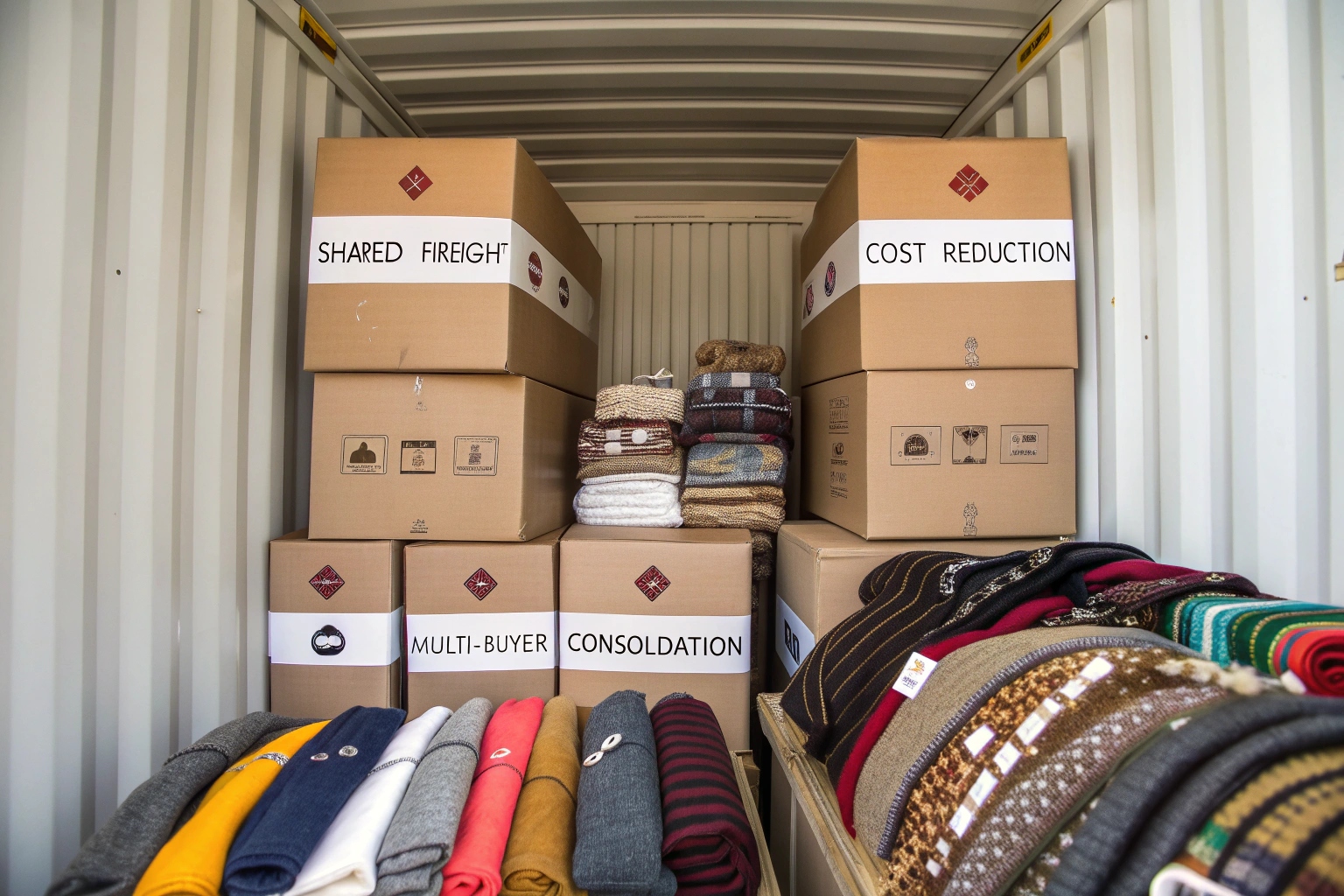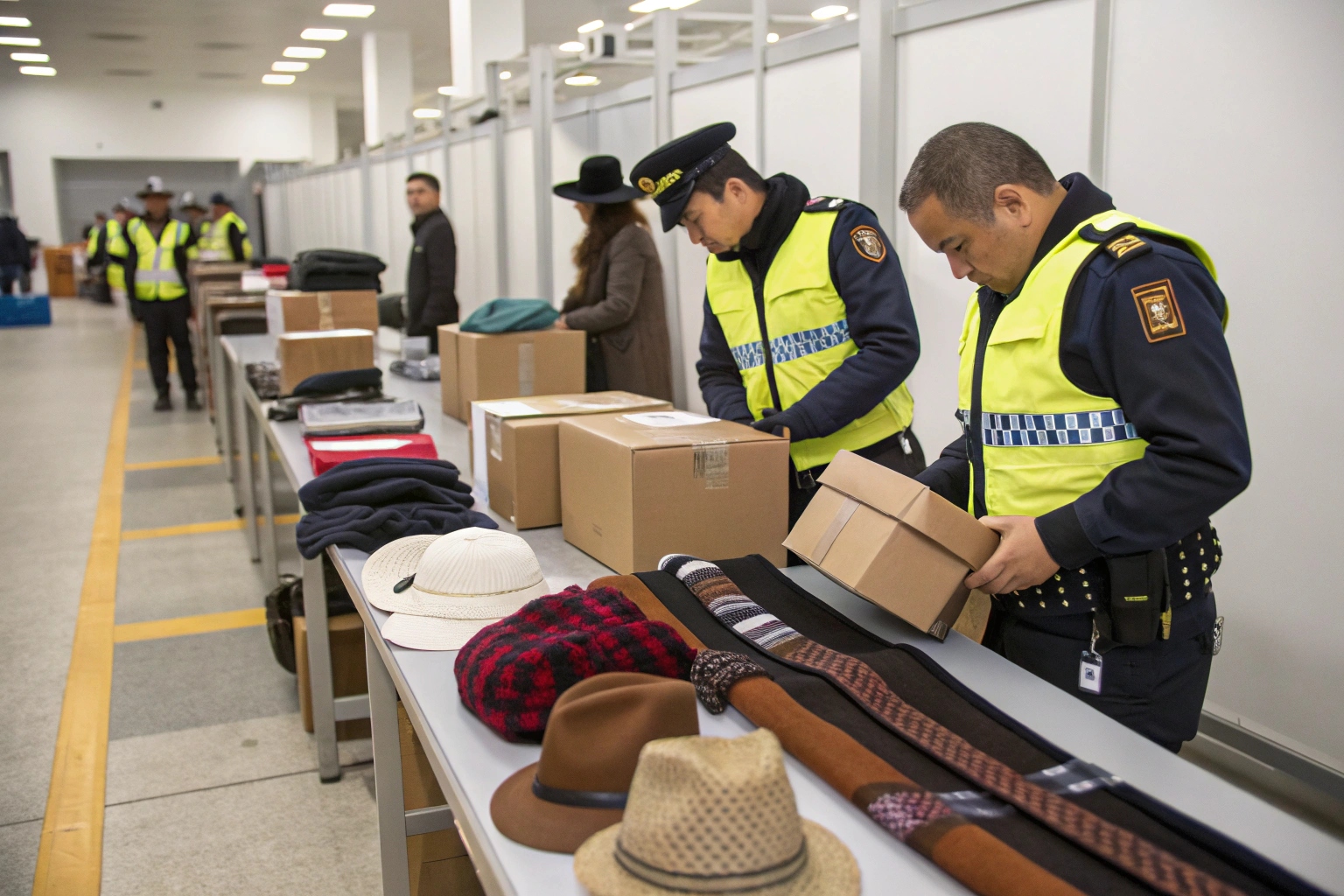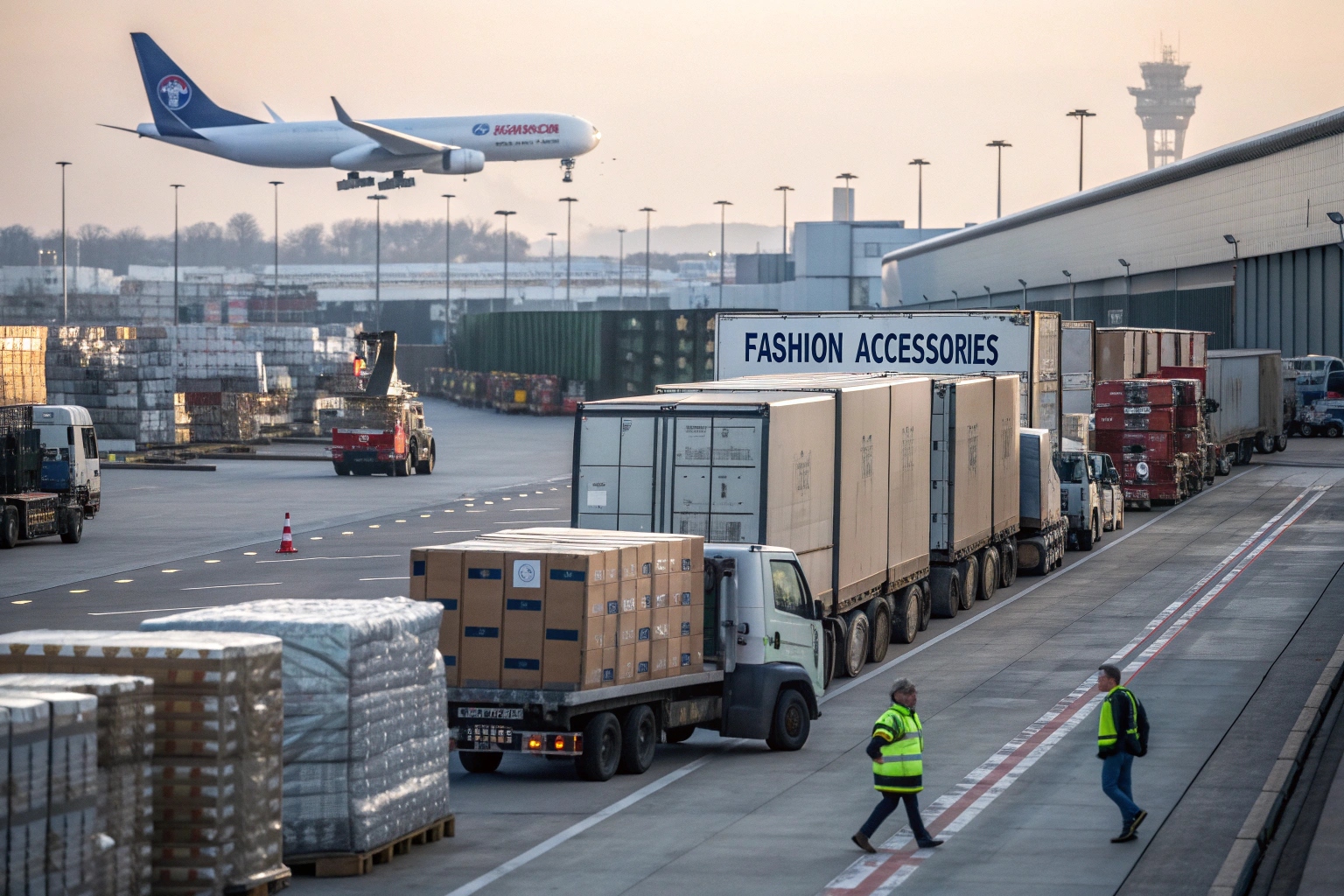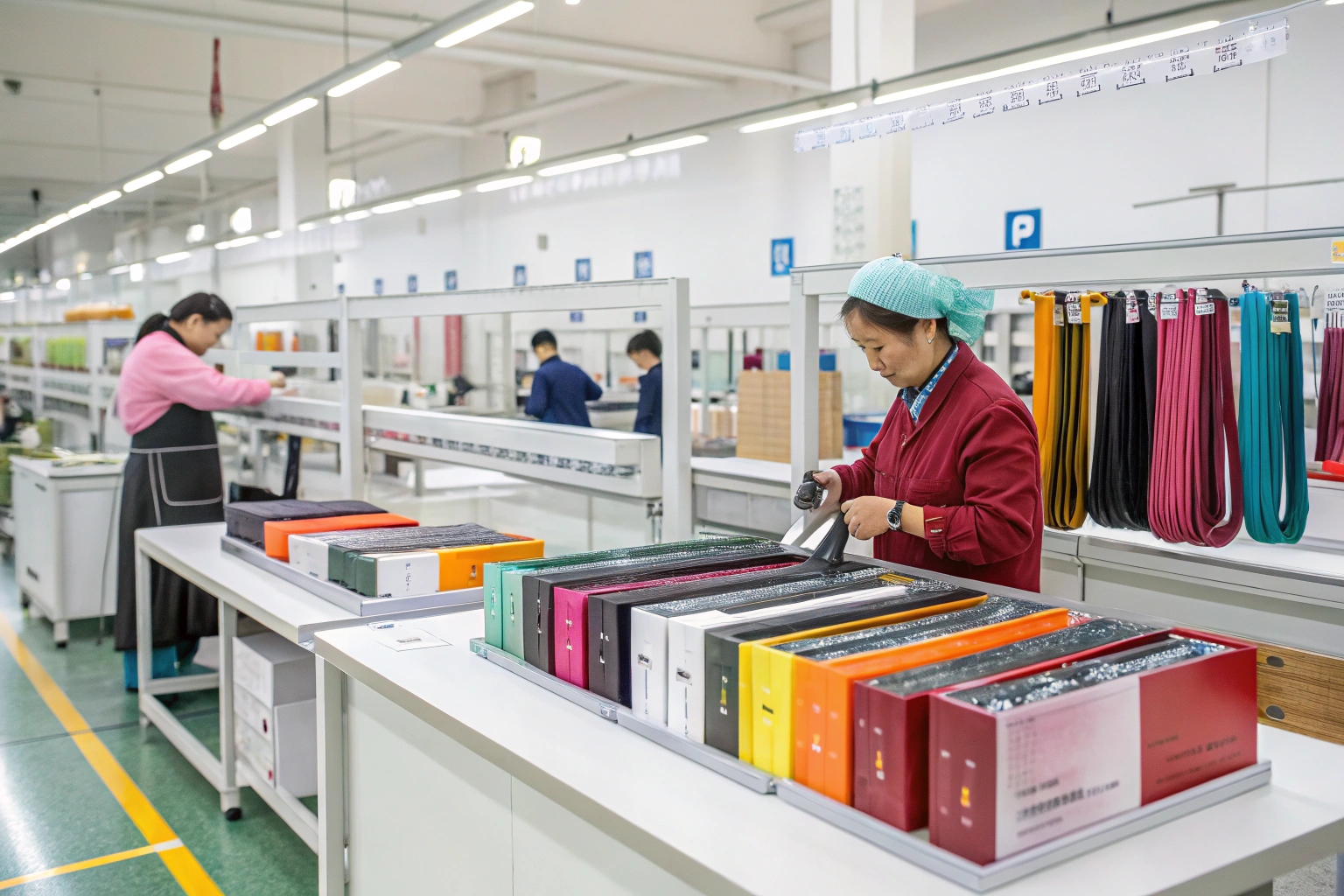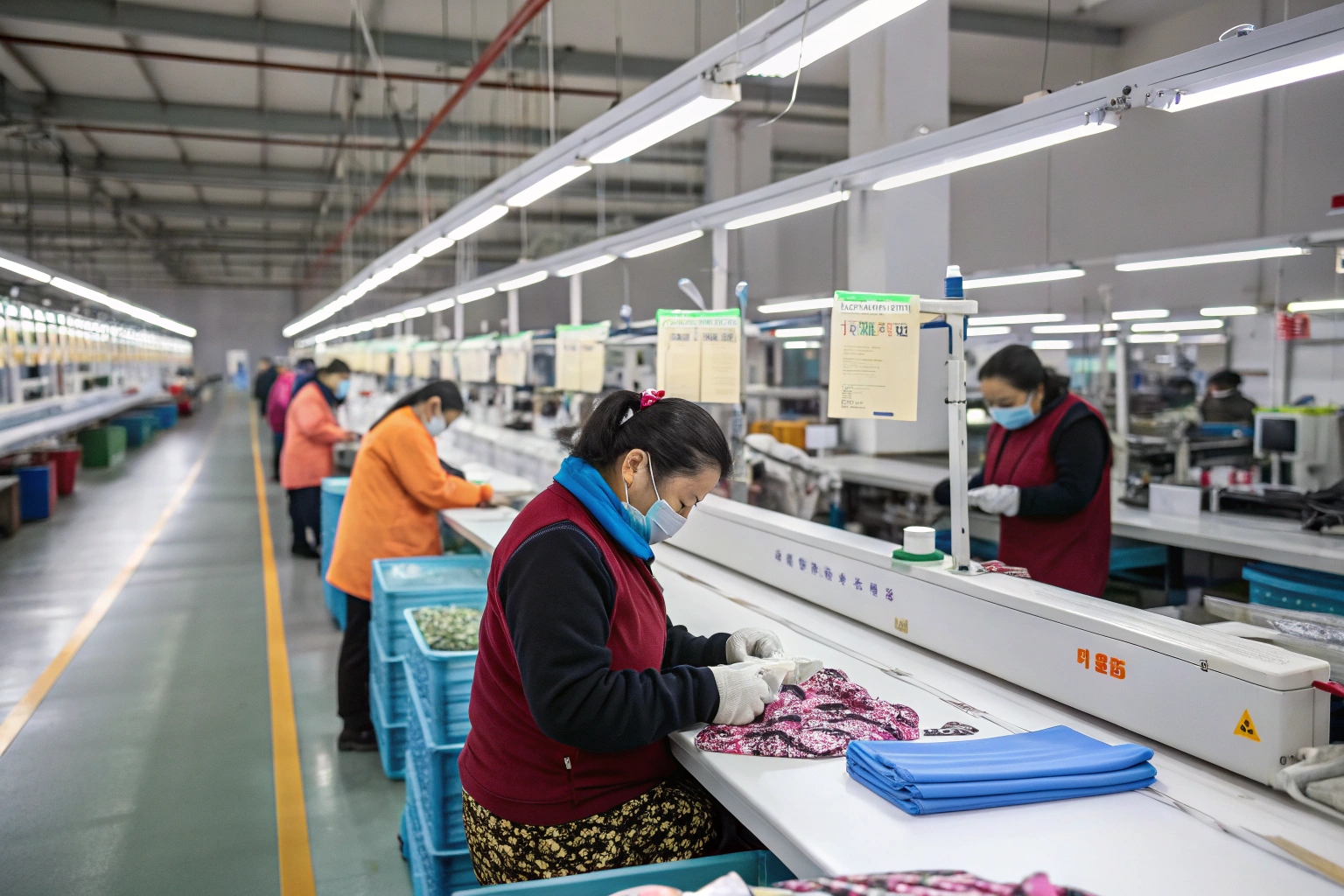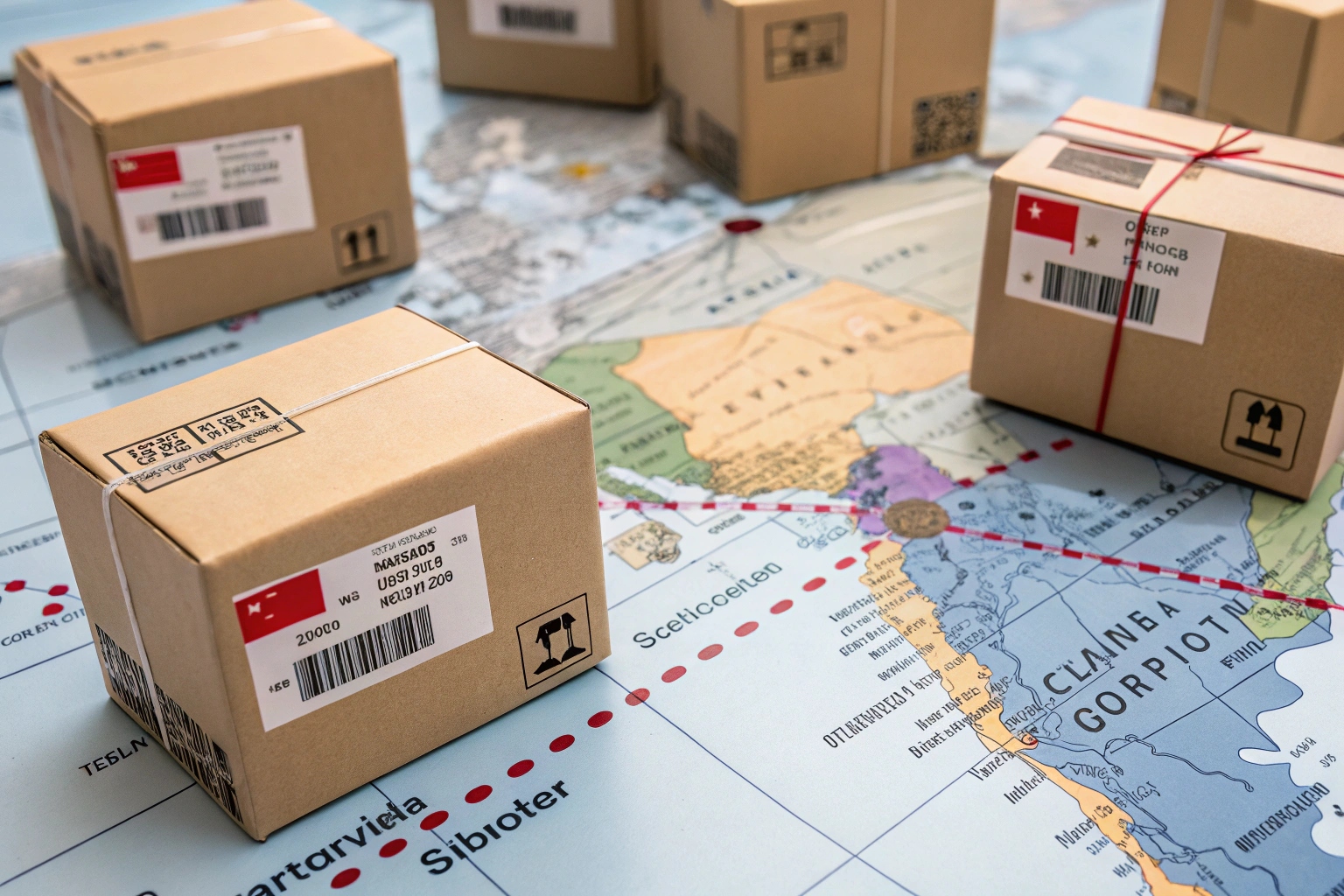If you're importing small batches of accessories like scarves, headbands, or belts, traditional freight costs can eat into your margins fast. Shipping low volumes separately is rarely economical.
Consolidation shipping saves money by grouping small shipments from multiple buyers—or multiple suppliers—into a single larger freight unit, lowering per-unit shipping costs and minimizing customs and handling fees.
At AceAccessory, we regularly help small to mid-sized clients cut freight costs through smart consolidation, using our established logistics partners and shared container strategies.
Does package consolidation make shipping cheaper?
If you're ordering 10 cartons of hair clips and another supplier is sending you 8 cartons of belts, shipping them separately means paying double for fuel, handling, and documentation. But if you consolidate them at origin, you ship as one load.
Package consolidation lowers freight costs by reducing the number of shipments, minimizing separate customs declarations, and achieving economies of scale for international transport.
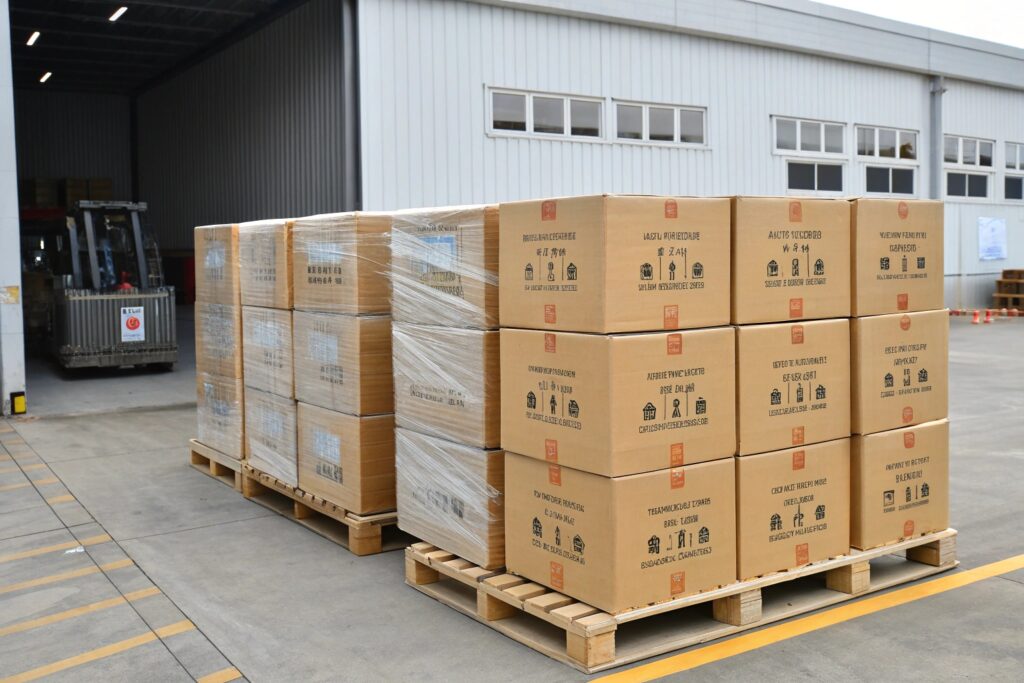
Cost Comparison: Separate vs. Consolidated Shipping
| Shipping Setup | Total Freight Fee | Documentation Fee | Handling Fee | Customs Clearance |
|---|---|---|---|---|
| 2 Separate Shipments | $480 | $100 | $60 | $130 |
| 1 Consolidated Load | $320 | $60 | $35 | $90 |
We regularly coordinate with freight forwarders in Ningbo and Shanghai to consolidate goods from multiple suppliers. Clients who once paid $600 per shipment now save up to 40% just by timing their supplier pickups better.
What is the purpose of freight consolidation?
Freight consolidation isn’t just about saving money—it’s also about simplifying your logistics. Instead of tracking five separate shipments from different factories, you get one PO, one bill, and one delivery.
The purpose of freight consolidation is to combine multiple smaller shipments into one larger unit to reduce costs, simplify documentation, and optimize container utilization.
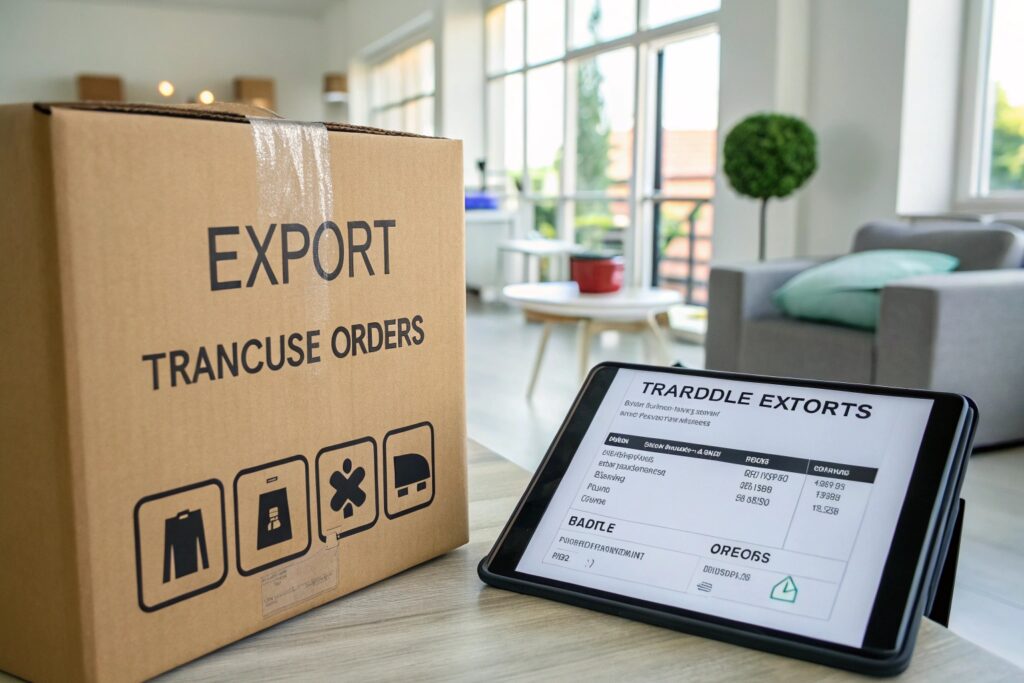
Key Benefits of Freight Consolidation
| Advantage | Description |
|---|---|
| Reduced Freight Cost | Share space in container, avoid full container cost |
| Fewer Customs Entries | One customs clearance vs multiple entries |
| Lower Handling Charges | Save on terminal fees, pickup and drop-off charges |
| Centralized Delivery | Easier for warehouse and inventory planning |
| Lower Carbon Footprint | Fewer trips mean greener logistics |
At AceAccessory, we offer pre-booked warehouse space for consolidation in Yiwu and Ningbo. This allows us to collect from multiple local suppliers and ship out as one containerized unit with our trusted forwarders.
How does consolidated shipping work?
The process may sound complex, but with the right partner, it’s smooth. The key is timing—each shipment has to arrive at the consolidation point before the export deadline.
Consolidated shipping works by receiving goods from different suppliers at a central warehouse, combining them into one shipment, and then exporting them together under one master bill of lading.
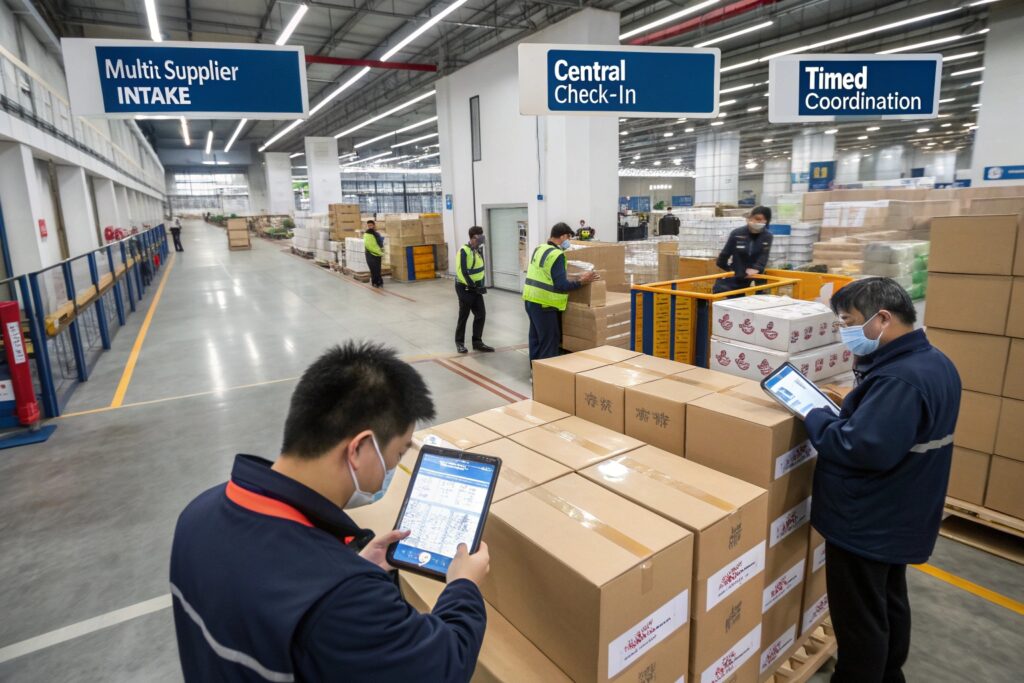
Step-by-Step: How We Manage Consolidated Shipping
- Supplier Coordination – We collect ready dates from all your China-based vendors.
- Warehouse Delivery – Goods are delivered to our Yiwu or Ningbo consolidation warehouse.
- Inspection & Labeling – Optional QC, labeling, and repacking are done on site.
- Cargo Merge – Items are packed together into pallets or containerized.
- Export Clearance – One customs declaration is made for the full load.
- Overseas Arrival – Shipment is delivered as a single unit to your forwarder or warehouse.
Our logistics team shares live updates via WhatsApp or email and provides digital PODs (proof of delivery) and tracking numbers for all final legs.
Is bringing several small shipments together to make a single larger shipment called consolidation?
Yes—and it's a standard logistics practice, especially popular among small-to-medium importers sourcing diverse products from multiple factories.
Combining multiple smaller shipments into one large freight movement is called consolidation. It’s commonly used in LCL (Less than Container Load) ocean freight or bulk air shipments.
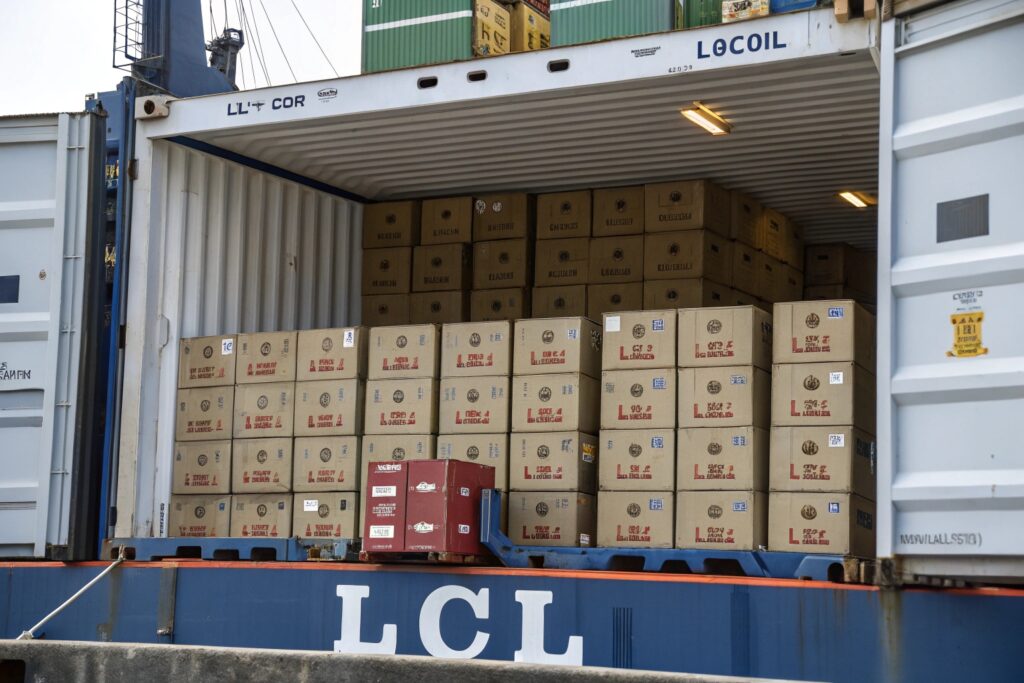
Types of Consolidation Common in Accessories Trade
| Type of Consolidation | How It Works | Ideal For |
|---|---|---|
| Supplier-Side Consolidation | Shipments from multiple suppliers merged in China | Accessory brands using 2–5 suppliers |
| Buyer-Side Consolidation | Multiple POs for one buyer sent together | Repeat orders on mixed product SKUs |
| 3PL Consolidation | A logistics provider collects, stores, and merges | Ecommerce and Amazon FBA shipments |
At AceAccessory, we work with buyers who order:
- 1,000 pcs scarves from Factory A
- 500 pcs belts from Factory B
- 3,000 pcs gloves from AceAccessory
We consolidate all goods into one shipment with unified packing slips, harmonized invoice, and clear carton labeling, helping buyers reduce customs delays and warehouse confusion.
Conclusion
For small to mid-sized accessory importers, consolidation isn’t just a way to save money—it’s a smarter way to ship. By bundling multiple shipments into one, you reduce costs, simplify logistics, and get your goods faster. At AceAccessory, we make consolidation easy by managing supplier pickups, warehousing, and documentation in-house.

